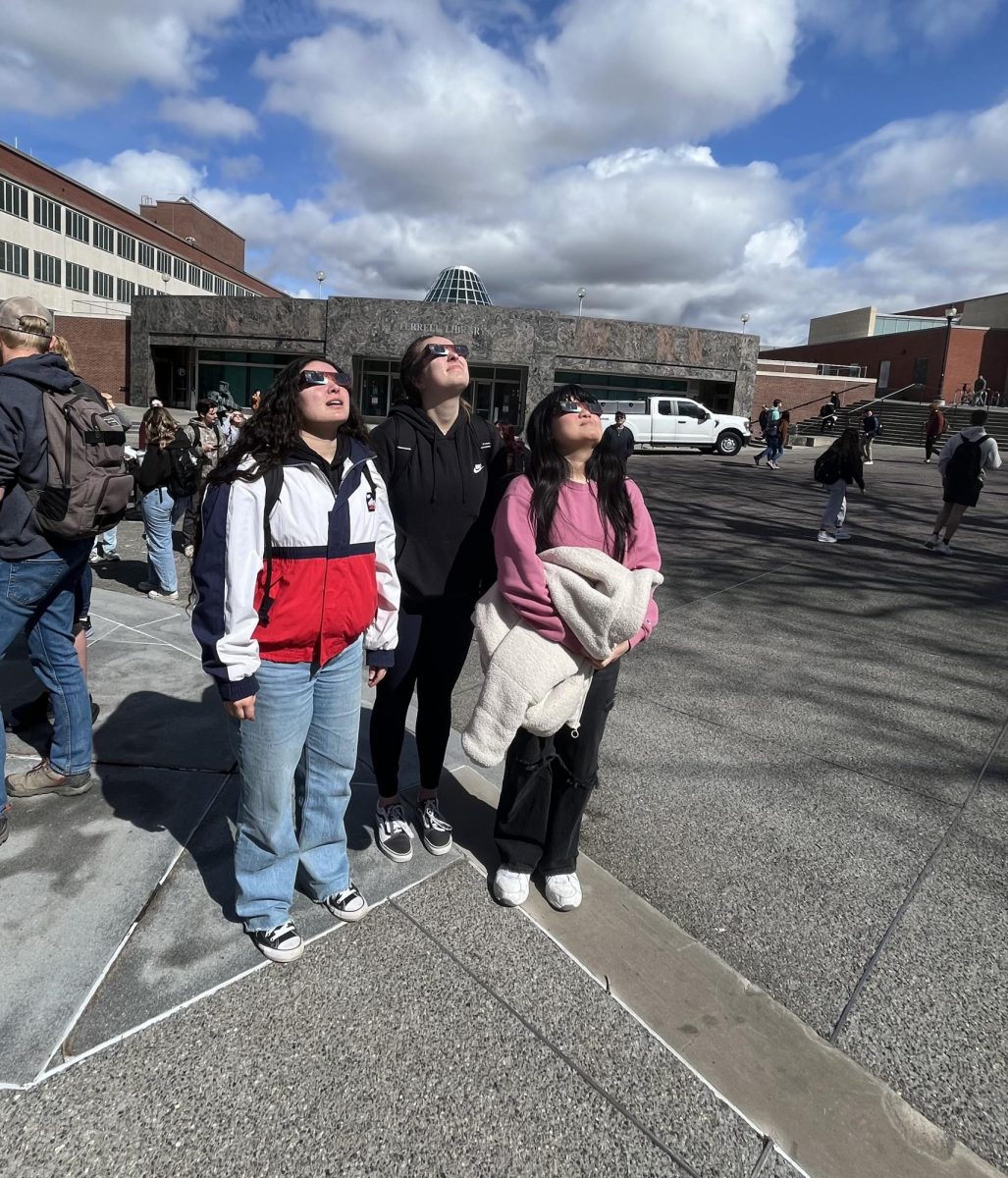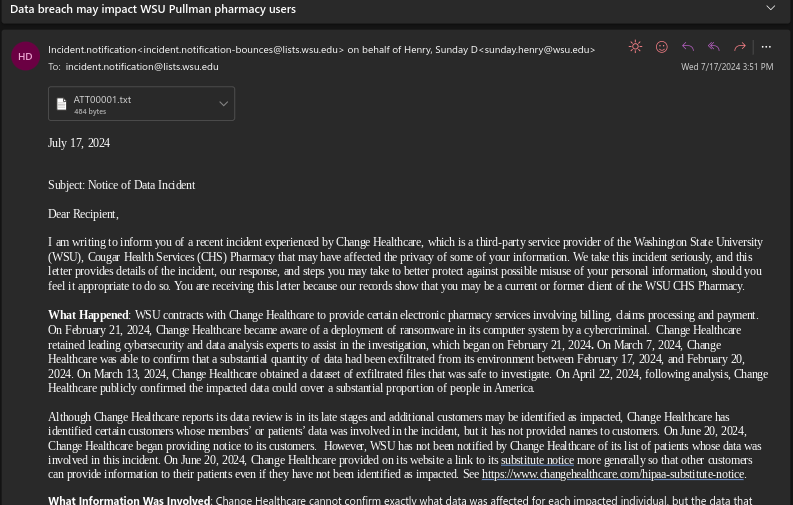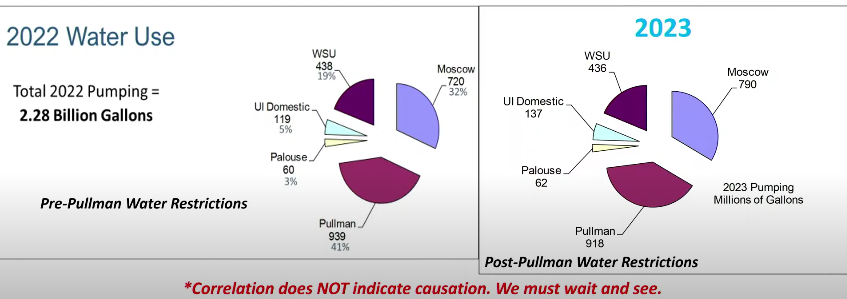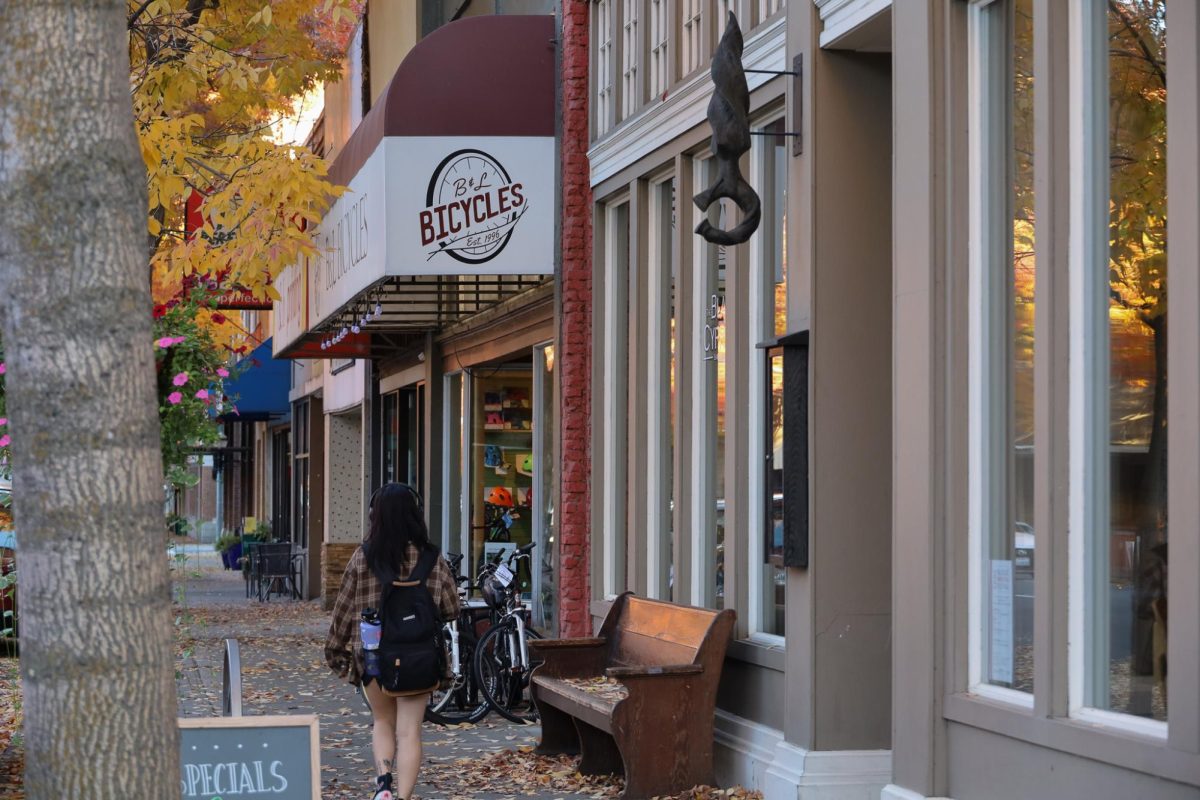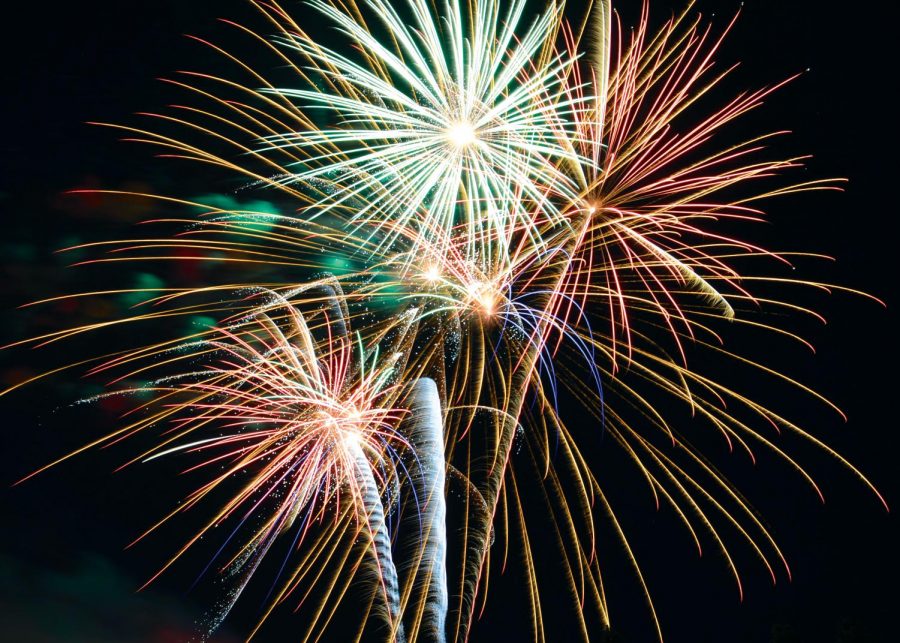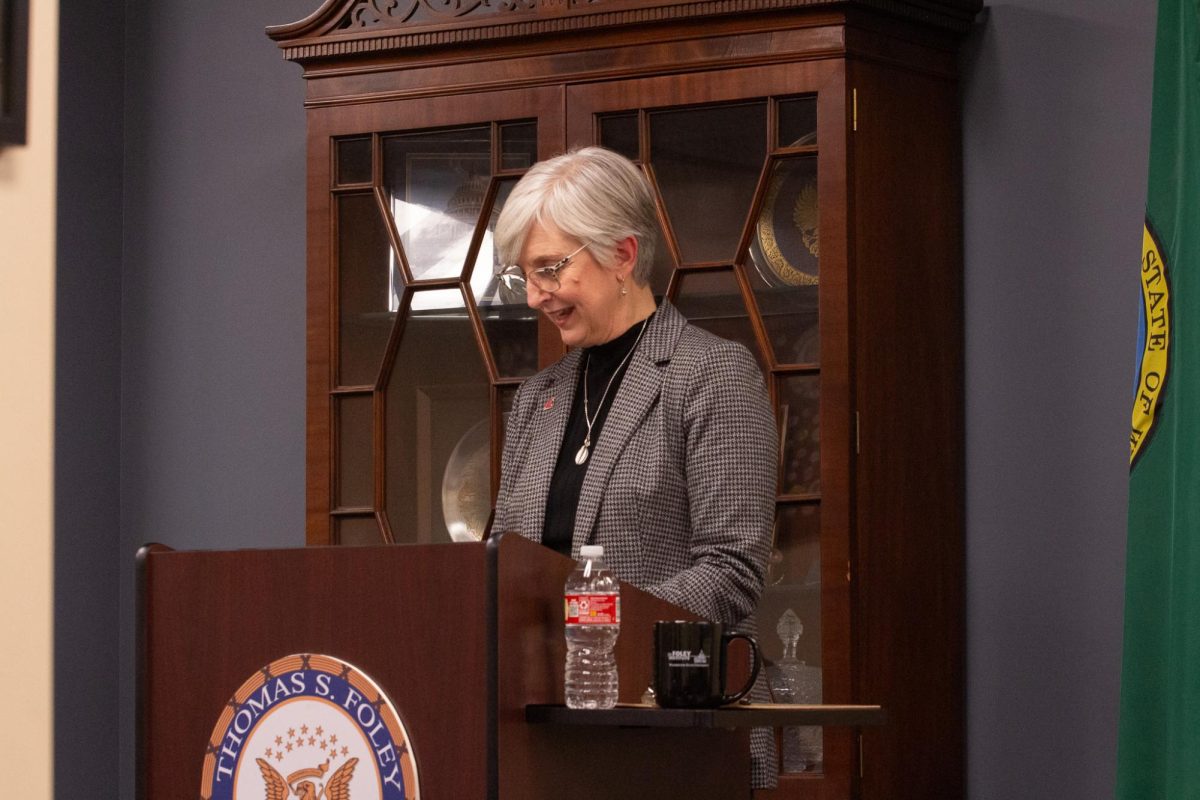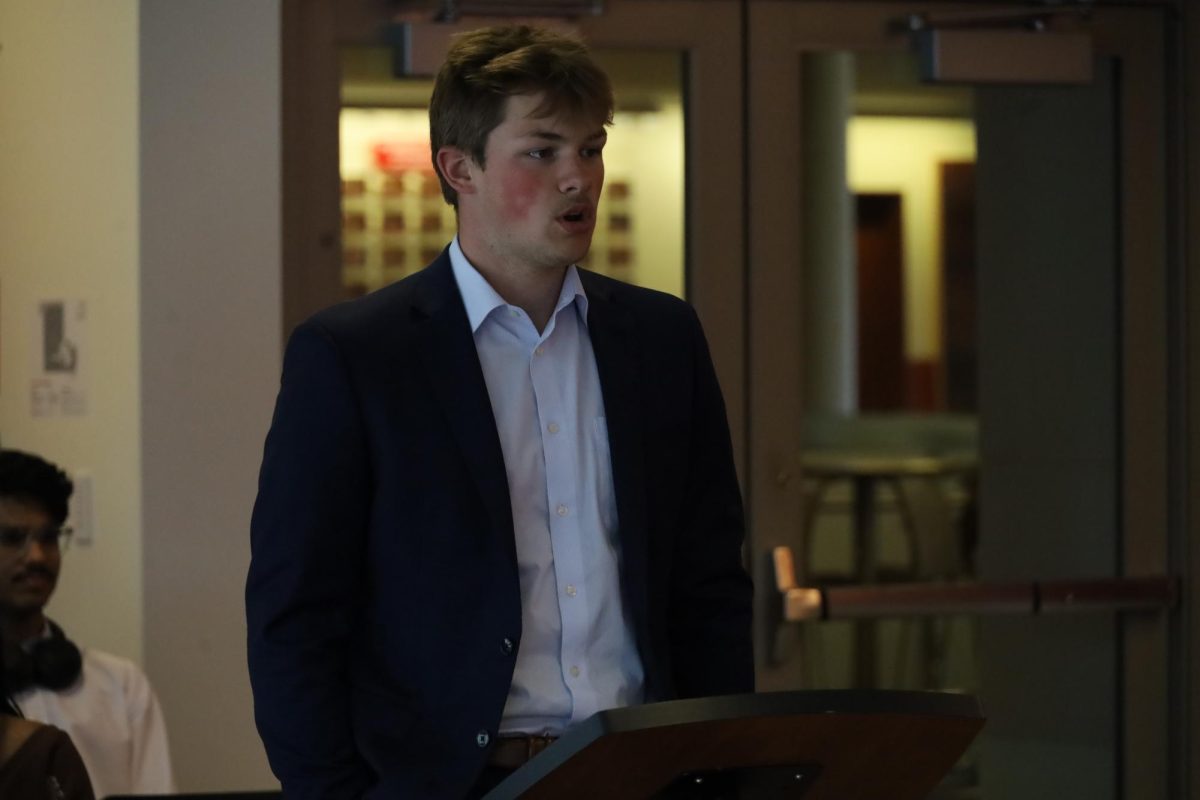A total solar eclipse visible across North America, including Pullman, took place on April 8.
The eclipse, which stretched from Canada to Mexico, was only partially visible here, as the line of totality crossed the Eastern United States, spanning from Maine to the southern border of Texas. In Pullman, the eclipse was visible from 10:37 a.m.-12:32 p.m. and students and faculty gathered in front of Todd Hall to view it.
WSU’s Physics and Astronomy Club set up a viewing party, providing students with solar glasses and viewing cards.
“We’ve been preparing for the eclipse for probably around a month or so now, or at least it was in the works, as we knew it was coming up,” said Julia Jitkov, senior physics major with a specialty in astronomy, as well as physics and astronomy club president. “The goal was to get people more interested. Most people also haven’t seen an eclipse before and it’s a great opportunity.”
Jitkov said the Physics and Astronomy Club provided all the necessary materials for viewing the eclipse, including solar glasses gifted by the Society of Physics Students and some bought by the club, a solar telescope provided by one of the club’s members and telescopes with solar filters on them.
“This is my first time seeing a solar eclipse with real, working glasses, so it’s very exciting,” said Jetlynn Hau, junior standing political science major.
Throughout the eclipse viewing window, a few hundred people came and went to view the event. Described as a black hole sun with a ring of light around it, the rare solar event gathered much attention, as the last viewable eclipse in North America occurred in 2017, and before that, in 1979, according to CBS News.
“I grew up with an aunt that loved science and all things related. We would wake up at like 3 a.m. and look through a telescope to watch the sky and lunar eclipses and all these different things,” said kinesiology major Callie Highley. “I’m interested in it because I grew up with it, and I also have a spiritual side; so I think it’s fun and very interesting.”
The next solar eclipse viewable in North America won’t occur until August 23, 2044. However, for those willing to travel to witness the phenomenon, the next total solar eclipse will occur on August 12, 2026, but will only be viewable in remote northern Russia, according to the Washington Post.
“It’s a rare astrological event, and it’s going to be the only one visible for the next 20 or so years so well timed to watch it,” said Nicole Scalise, WSU lab director and human development assistant professor
Overall, the student’s reaction to the solar eclipse was one of awe. WSU senior Sara Schmit summed up the event with a one-word reaction.
“Whoa.”





